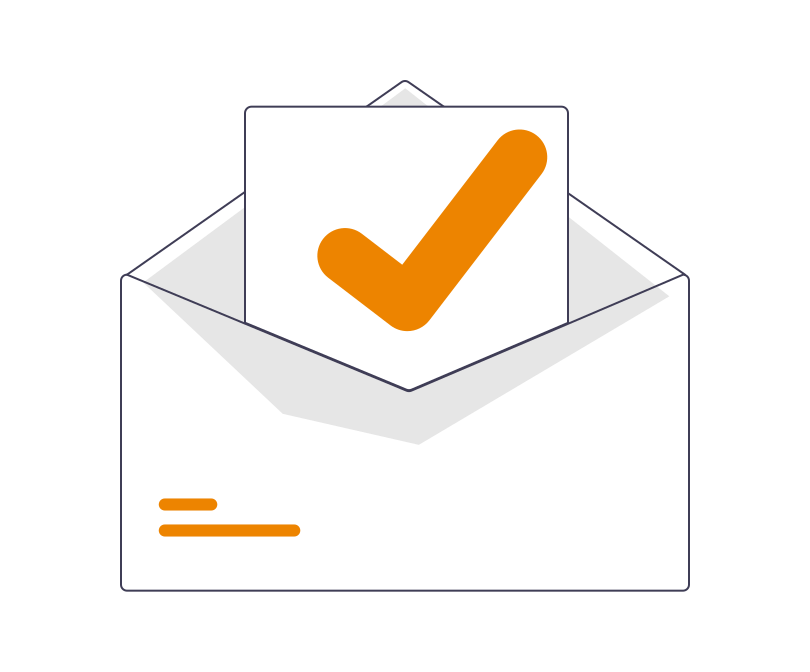First things first, what is robotic process automation?
As discussed in our previous blog, RPA is one of the three aspects that contributes to intelligent automation. It is a type of business process automation technology, driven by software bots. The main goal of robotic process automation, is to reduce manual work for humans by automating repetitive tasks – even when they may differ a bit in each iteration.
Intelligent automation vs RPA
The terms ‘intelligent automation’ (IA) and ‘robotic process automation’ (RPA) may sometimes be used interchangeably. It is true that you need the latter to build the first. However, solely the use of RPA is not enough to speak of intelligent automation. To achieve intelligent automation, RPA needs to be combined with dynamic case management and orchestration. In short, it is unjustified to use robotic process automation as a synonym for intelligent automation. RPA is one of the necessary pillars of IA though.
The 3 key aspects of the intelligent automation platform
In order to address the main subject of this blog, we would like to highlight three crucial elements of the intelligent automation platform. These aspects help organizations to deal with the real-world complexity they face within their business environments.
1. Direct model-driven
An intelligent automation platform requires a direct model-driven approach. This means business knowledge about products, services, processes and policies is captured in models. These models use the language of business users and are immediately executable. No code generation or additional programming is needed. With a direct model-driven platform you can actually translate policies and procedures in working applications and services without programming. The business rules captured in the models can be tested and edited at any time; changes are directly implemented in the application. As a result, organizations can change their business operations by changing their models in the platform.
2. Goal-oriented algorithms and constraints-based models
Decisions can be best automated when the underlying algorithm is goal-oriented, and when the used models are declarative and constraint-based. Constraint-based models describe under which conditions activities must/may/cannot (yet) be performed. They do not require a description of all possible sequences of activities. This enables the platform to fluidly deal with real-world complexity and avoid rigid or vast amounts of workflows. The same applies to the smart, context-specific processes that are generated.
To illustrate the goal-oriented algorithm, we usually compare it to a satnav system. The optimal route is constantly recalculated, based on the set destination and pre-defined options. External events, such as a traffic jam or an accident, may trigger your satnav to recalculate the best course of direction. Considering the intelligent automation platform, each case follows its own unique path to get to its desired outcome, while the goal-oriented inference engine ensures all relevant business rules are applied, guaranteeing both compliance and efficiency. As a result, the platform creates context-aware processes enabling personalized customer experiences.
3. Open platform
An effective, open platform with one integrated stack combines the functionalities of dynamic case management, enterprise decision management and orchestration. Business concepts are defined only once in the ontology, so they can be reused, even by other systems. This establishes a single point of truth, and diminishes the risk of errors when changing the definitions. To ensure one seamless, orchestrated customer-centric process, legacy systems and innovative services require integration delivering an end-to-end process. If you choose a solid open source framework, it will connect, wrap, integrate and orchestrate a broad range of (legacy) systems. As a result, you are able to quickly innovate and modernize existing IT infrastructures.
These 3 aspects are an integral part of the Be Informed platform. Organizations such as consultancy and engineering firm Witteveen+Bos successfully used our platform for powerful intelligent automation to achieve compliance throughout. Read the case here.
What is up next?
We shared with you what the crucial aspects of an intelligent automation platform are. Also, we explained the distinction between IA and RPA. Next week we will share insights based on our best practices. Stay tuned by signing up below or follow us on LinkedIn, Twitter and Facebook to stay in the loop at all times.






